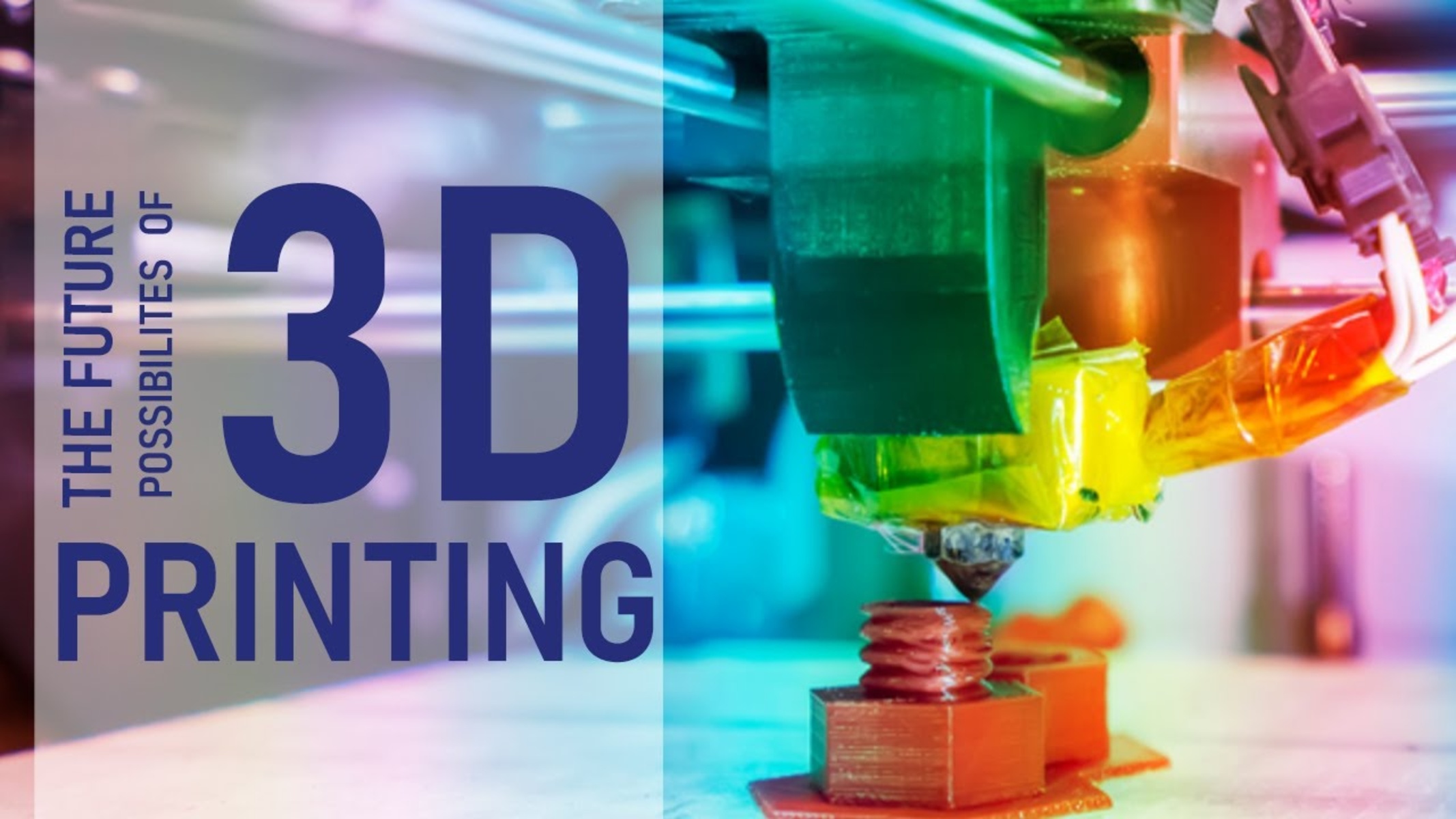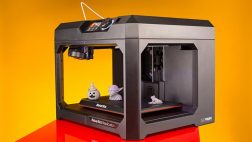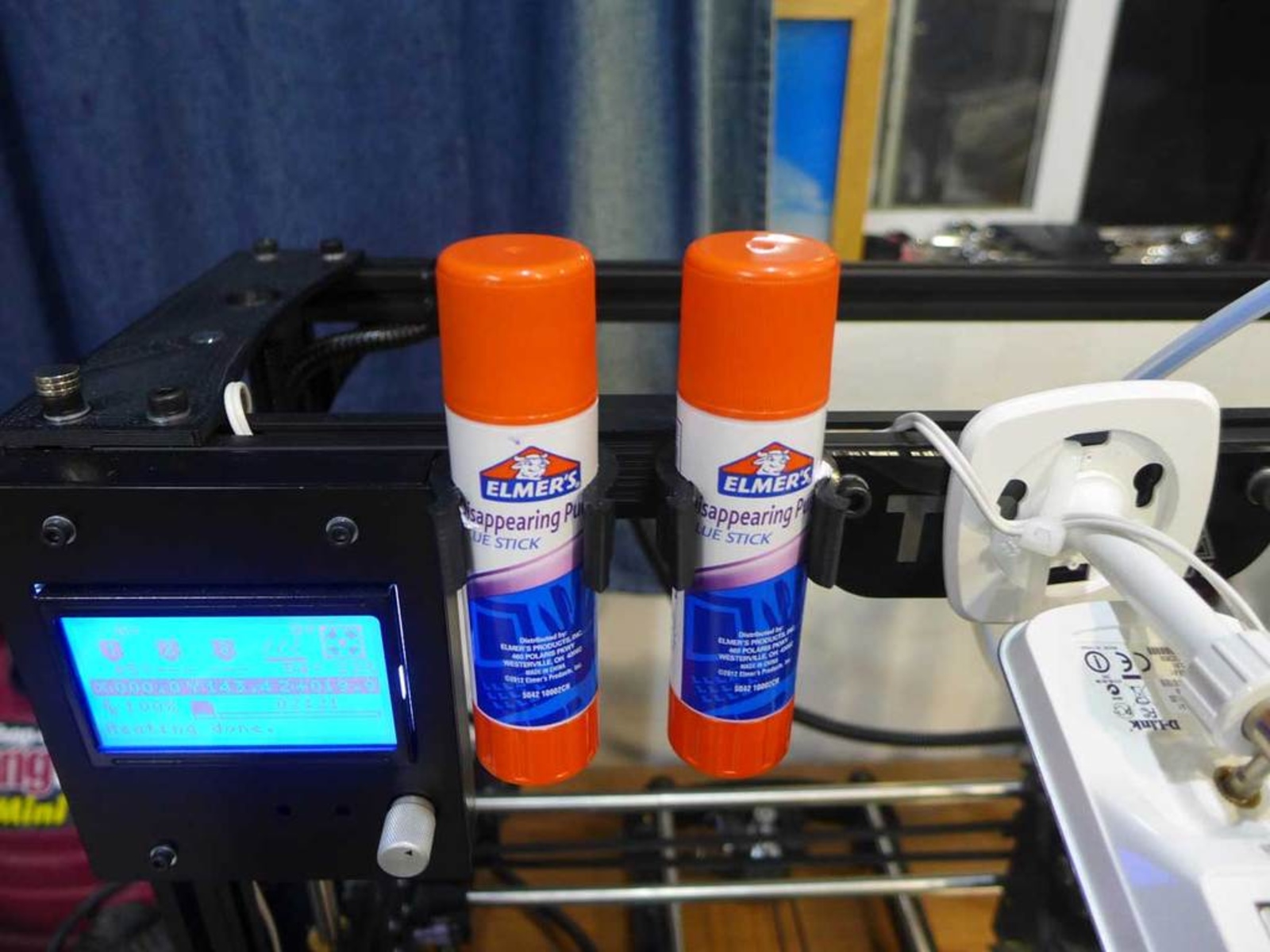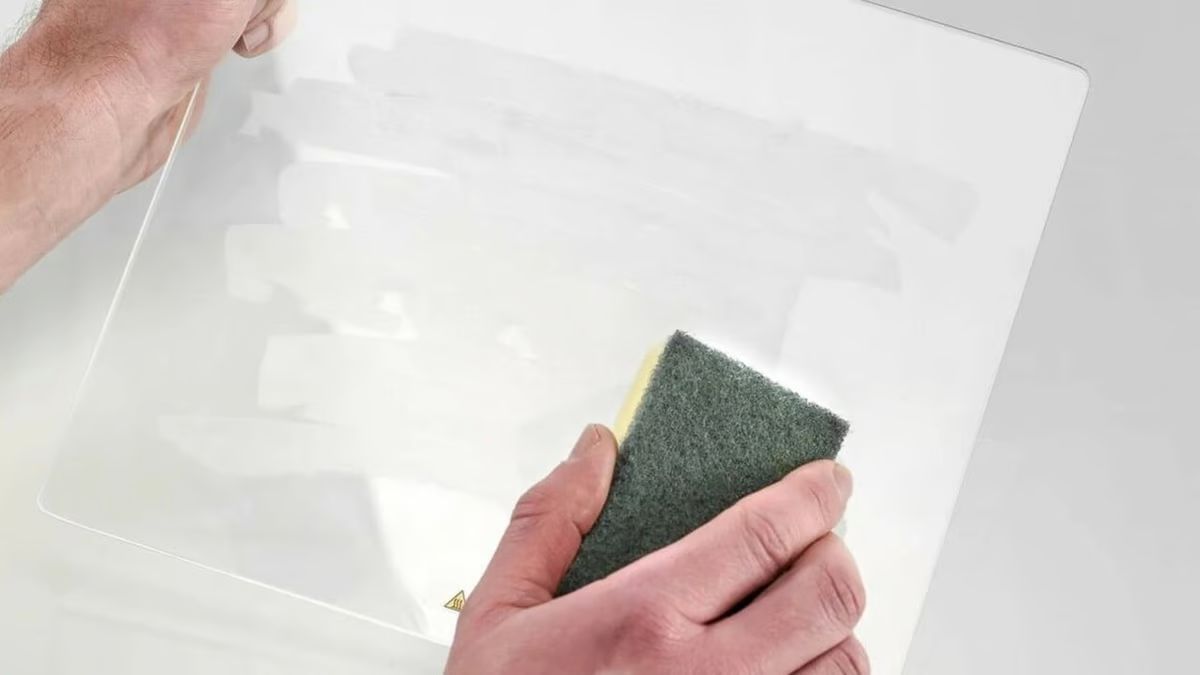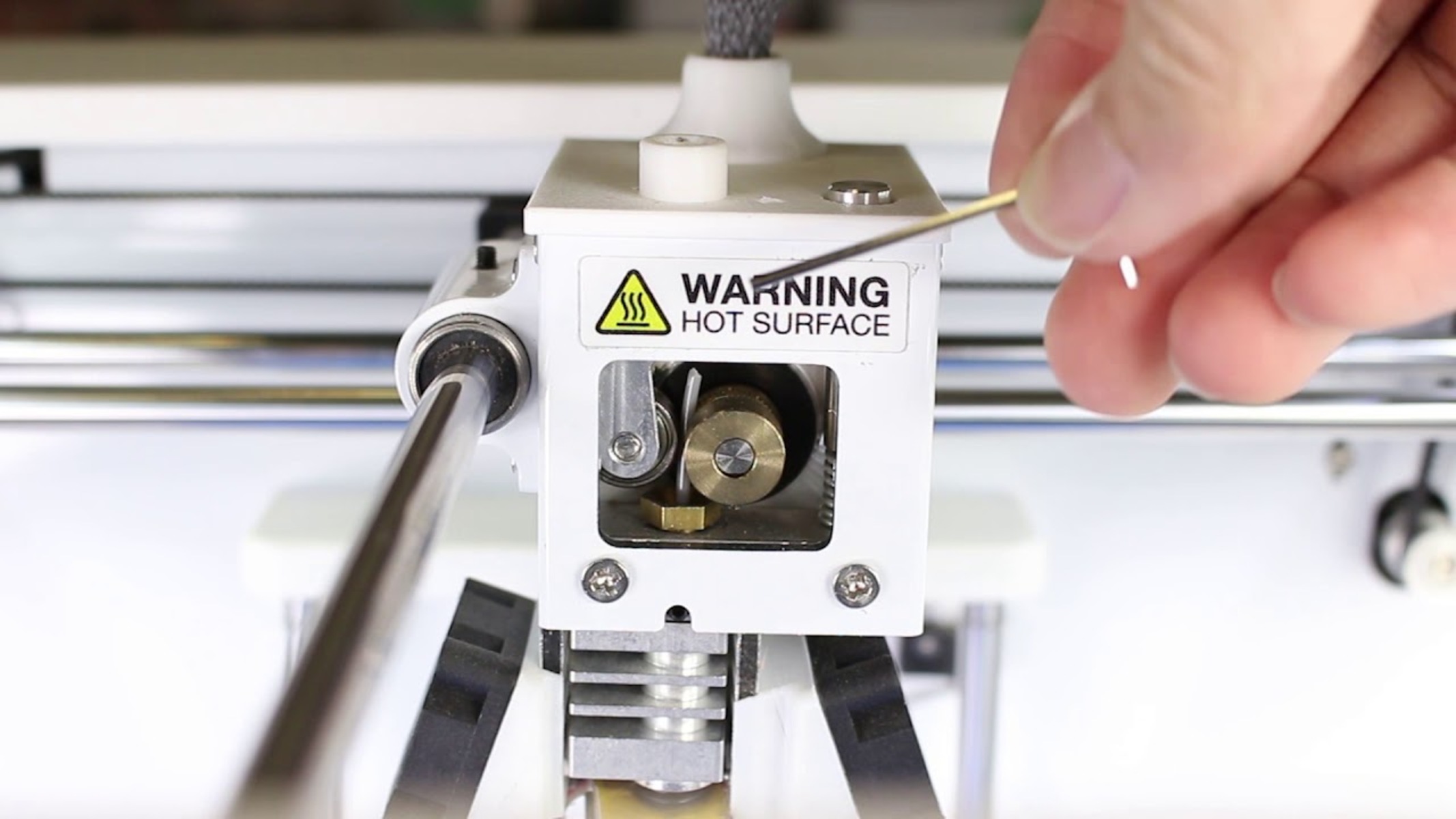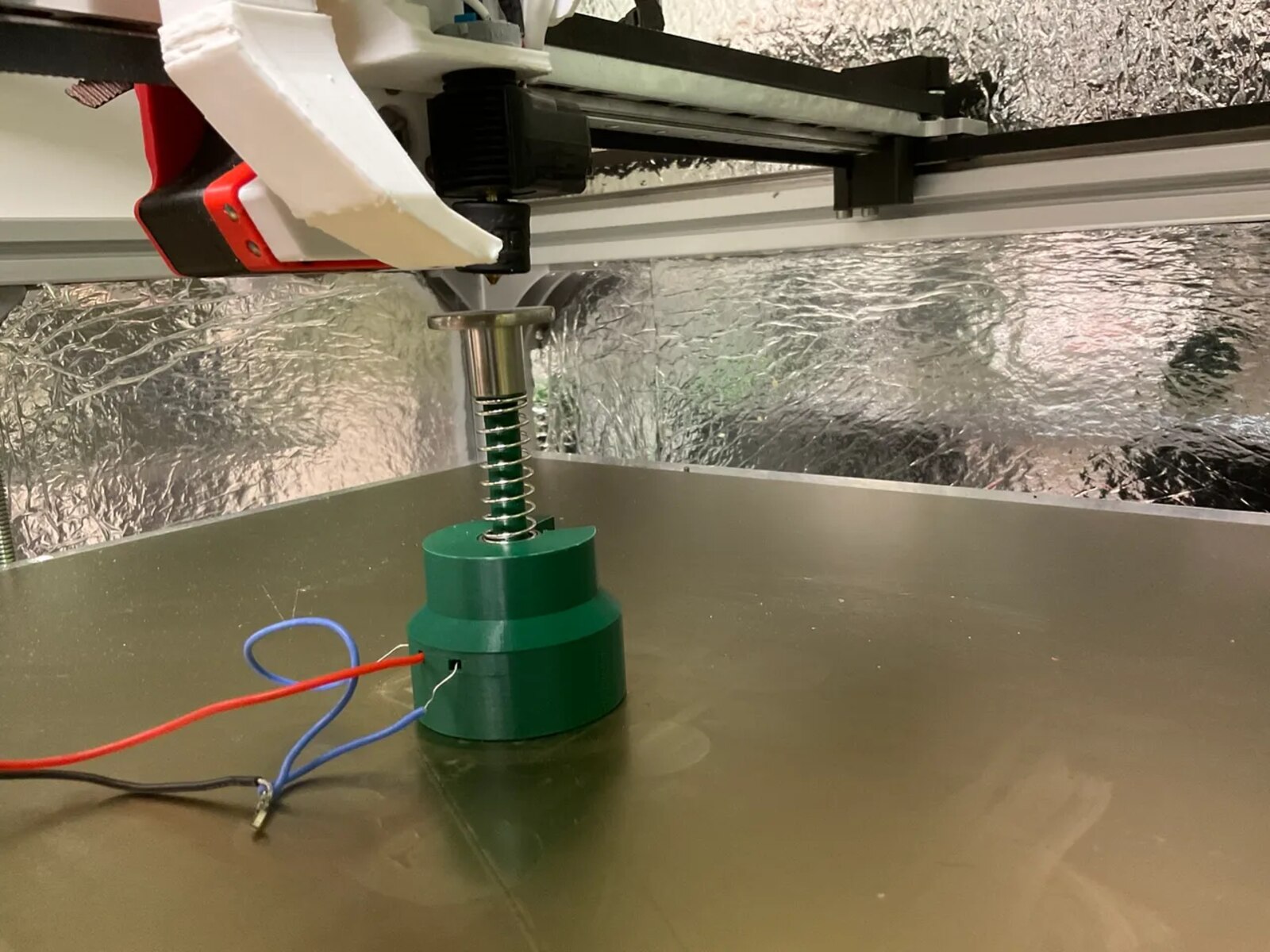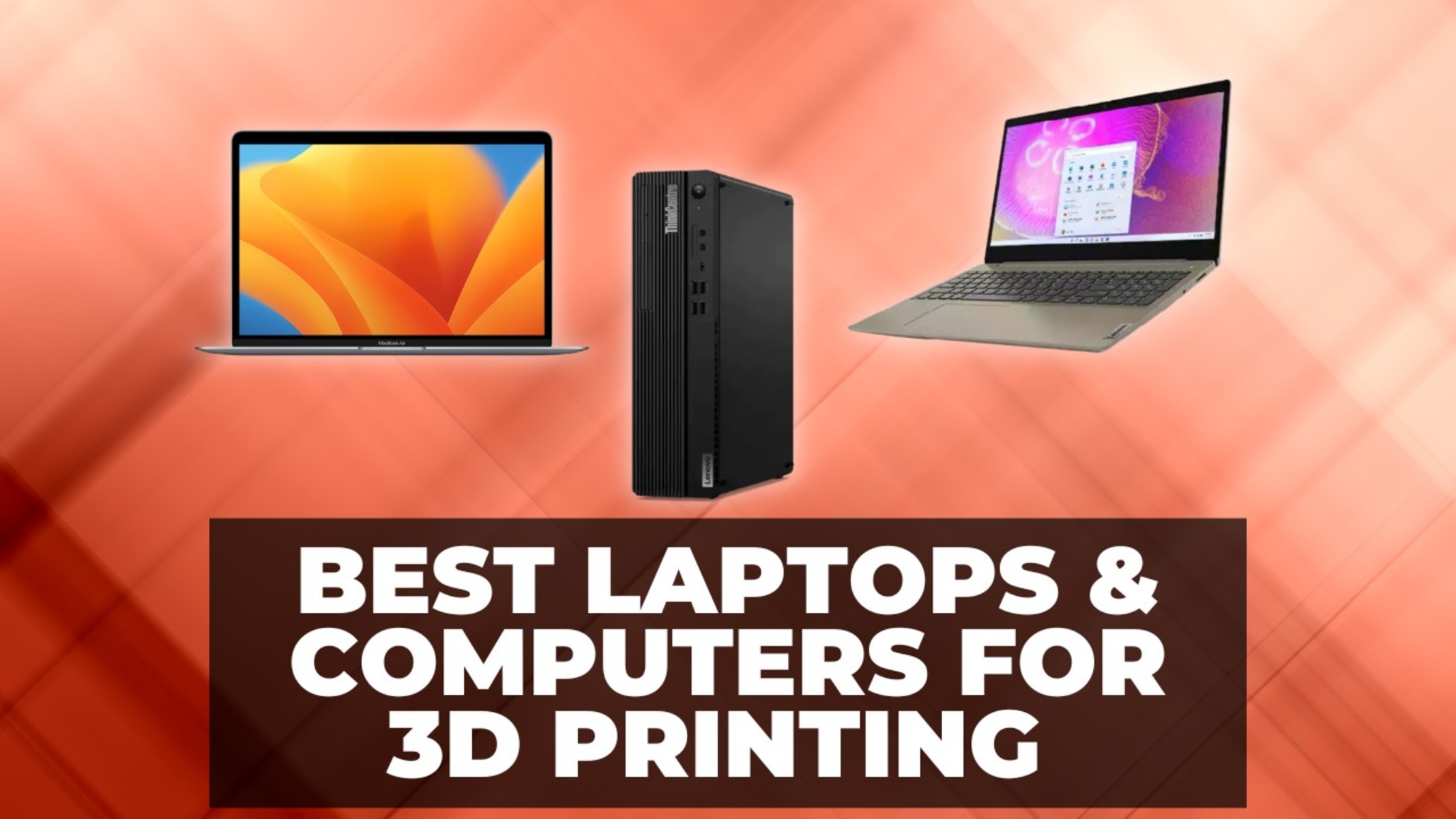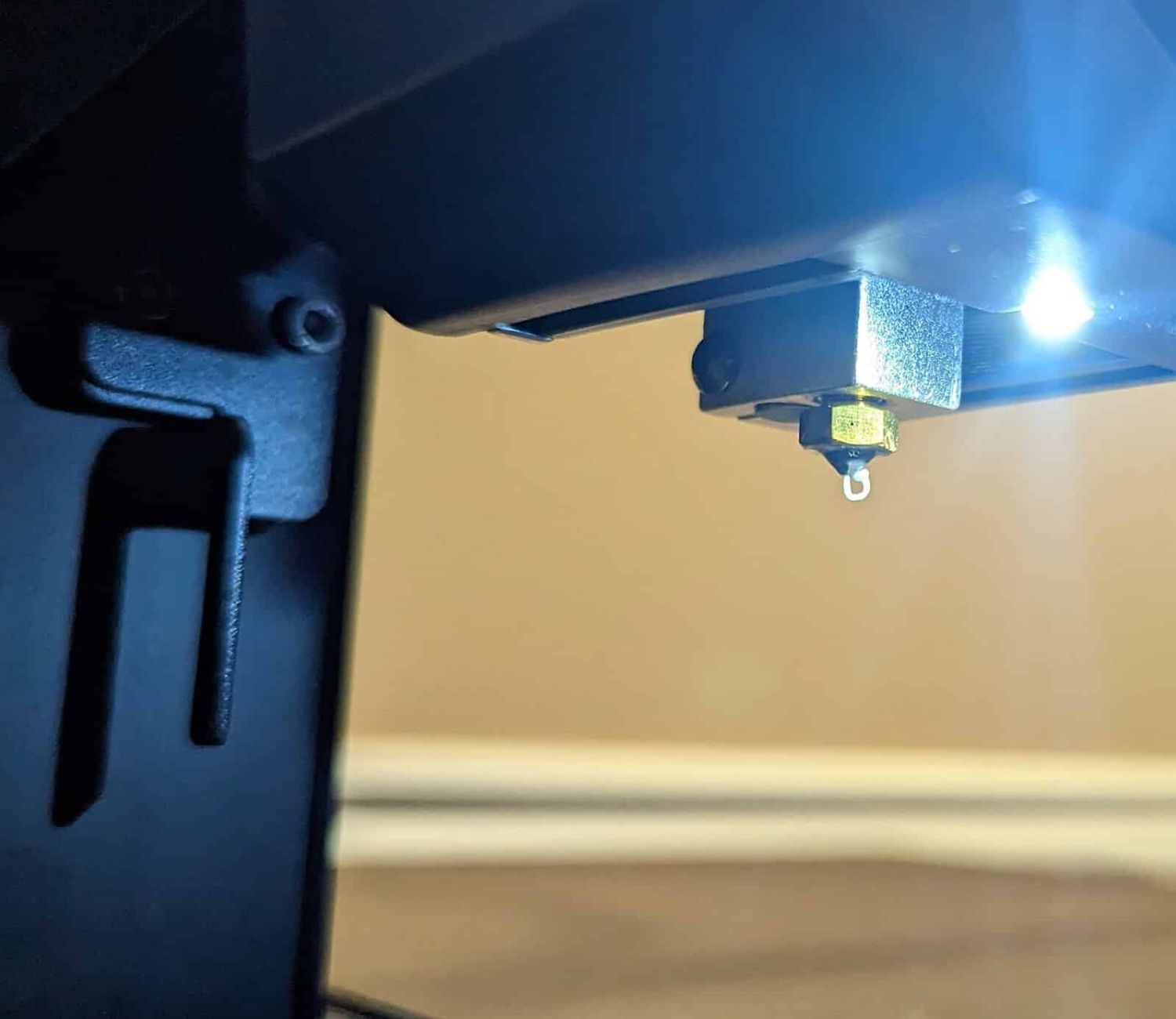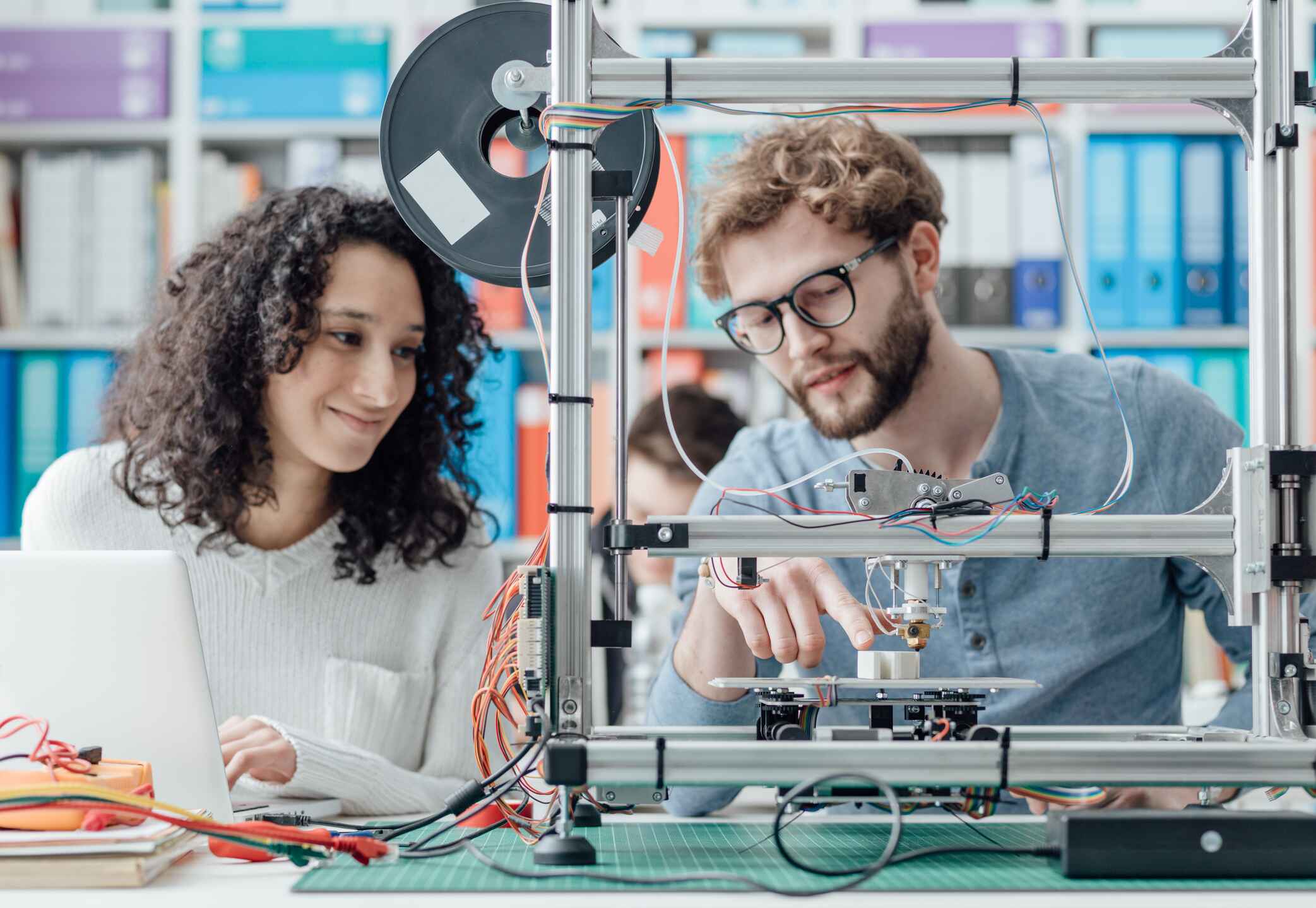Introduction
3D printing, also known as additive manufacturing, has revolutionized the way we create and produce objects. This innovative technology allows for the creation of three-dimensional objects by printing layer upon layer of material, such as plastic or metal, based on a digital design. Since its inception, 3D printing has gained widespread attention for its potential to disrupt traditional manufacturing methods and shape the future of various industries.
Unlike traditional manufacturing processes that involve subtracting or forming raw materials into the desired shape, 3D printing builds objects layer by layer using a digital model. The versatility and flexibility of this technology have opened up a world of possibilities, offering cost efficiency, customization, rapid prototyping, accessibility, and sustainability.
With the increasing affordability and accessibility of 3D printers, individuals and businesses alike are discovering the myriad benefits of this technology. The ability to print objects on-demand, precisely tailored to specific requirements, and all within the convenience of one’s own space, is transforming the way we think about production and design.
In this article, we will explore the many reasons why 3D printing is the future and how it is poised to revolutionize various industries. From cost efficiency to medical advancements and educational opportunities, we will delve into the remarkable possibilities that this technology presents.
Cost Efficiency
One of the key advantages of 3D printing is its cost efficiency. Traditional manufacturing methods often involve expensive tooling, molds, and machinery, which can add significant costs to the production process. In contrast, 3D printing eliminates the need for such tooling, allowing for the direct production of objects from a digital design.
By reducing the reliance on expensive manufacturing infrastructure, 3D printing offers businesses and individuals the opportunity to save money on production costs. Small-scale manufacturers, startups, and even hobbyists can now create prototypes and end-use products without incurring exorbitant upfront expenses.
Furthermore, 3D printing enables the optimization of material usage. Traditional processes often result in a significant amount of wasted material due to the need to cut or shape raw materials to match the desired design. In contrast, 3D printing adds material layer by layer, resulting in minimal waste. This not only saves costs but also supports sustainability efforts by reducing the environmental impact of manufacturing.
Additionally, 3D printing allows for the consolidation of multiple parts into a single, complex component. This reduces assembly time and simplifies the supply chain, resulting in significant cost savings. Furthermore, it offers the flexibility to create customized products without the need for separate tooling or molds, making small-batch or individualized production economically viable.
Overall, the cost efficiency of 3D printing makes it an attractive option for various industries, including automotive, aerospace, healthcare, and consumer goods. It enables businesses to reduce production costs, optimize material usage, and streamline their manufacturing processes, ultimately increasing profitability and competitiveness in the market.
Customization and Personalization
One of the most compelling aspects of 3D printing is its ability to enable customization and personalization on a level previously unimaginable. Traditional manufacturing processes often involve mass production, resulting in standardized products that lack individuality. With 3D printing, however, each object can be uniquely designed and tailored to meet specific requirements.
Whether it’s a customized smartphone case, personalized jewelry, or a prosthetic limb perfectly fitted to an individual’s unique anatomy, 3D printing offers unprecedented levels of customization. By leveraging digital design software, individuals can create one-of-a-kind products that suit their personal preferences and needs.
Moreover, 3D printing allows for the production of complex geometries that would be challenging or impossible to achieve with traditional manufacturing methods. Intricate details, intricate lattice structures, and organic shapes can be easily incorporated into the design, offering unlimited possibilities for design innovation.
The healthcare industry, in particular, has greatly benefited from the customization capabilities of 3D printing. Doctors and medical professionals can now use medical imaging data to create patient-specific implants, prosthetics, and surgical models. This ensures a higher level of accuracy and compatibility, improving patient outcomes and quality of life.
Furthermore, 3D printing enables the rapid production of tailored prototypes. This makes it possible to test and iterate designs quickly, significantly reducing the time and cost associated with traditional prototyping processes.
Overall, 3D printing empowers individuals and businesses to unleash their creativity and bring their unique ideas to life. Whether it’s for personal use, artistic expression, or product development, the ability to customize and personalize objects is revolutionizing the way we conceptualize and create goods.
Rapid Prototyping
One of the significant advantages of 3D printing is its ability to enable rapid prototyping. In traditional manufacturing processes, creating prototypes can be time-consuming and costly. It often requires specialized tools, molds, and manual labor, which can lead to delays in product development.
With 3D printing, prototyping becomes faster, more cost-effective, and highly accessible. Engineers and designers can create functional prototypes directly from a digital design within a matter of hours or days, depending on the complexity of the object. This eliminates the need for expensive tooling and reduces the overall development time.
Rapid prototyping allows for quick iteration and refinement of designs. If a prototype reveals design flaws or areas for improvement, modifications can be made digitally and reprinted, saving time and resources. This iterative process enables faster product development cycles and facilitates innovation.
Additionally, 3D printing enables the production of prototypes with intricate geometries and internal structures that are challenging to achieve using traditional methods. This allows designers to better evaluate the functionality, ergonomics, and aesthetics of a product before moving into mass production.
Another benefit of rapid prototyping with 3D printing is its flexibility and cost-efficiency when producing low-volume or custom products. Instead of investing in expensive molds or tooling for a small production run, 3D printing enables the direct production of small batches, reducing upfront costs and risks.
Industries such as automotive, aerospace, consumer electronics, and fashion are increasingly leveraging the advantages of rapid prototyping with 3D printing. This technology enables them to accelerate the innovation process, bring products to market faster, and gain a competitive edge.
Overall, the ability to rapidly prototype with 3D printing expedites the product development process, allows for efficient iteration and refinement, and paves the way for faster innovation and market entry.
Accessibility and Convenience
One of the remarkable advantages of 3D printing is its accessibility and convenience, which has propelled its widespread adoption. This technology has become more affordable, user-friendly, and widely accessible than ever before, allowing individuals and businesses to harness its benefits with ease.
In the past, specialized manufacturing equipment and expertise were required to produce complex objects. With 3D printing, anyone can become a creator. Desktop 3D printers are now available at affordable prices, making it possible for individuals, hobbyists, and small businesses to bring their ideas to life without the need for large-scale facilities or extensive machinery.
Beyond the affordability, 3D printing also offers unparalleled convenience. With traditional manufacturing methods, production often involves a lengthy process of outsourcing, waiting for delivery, and coordinating with external suppliers. In contrast, 3D printing allows for local production on-demand.
By having a 3D printer on-site, businesses can save time and streamline their production processes. It eliminates the need for shipping or outsourcing, ensuring a faster turnaround time from design to finished product. Furthermore, adjustments or modifications to a design can be made readily, reducing the iterations required.
The accessibility and convenience of 3D printing extend beyond businesses. Educational institutions, research facilities, and makerspaces are utilizing this technology to foster creativity and innovation. Students can gain hands-on experience in product development and design, while researchers can rapidly prototype ideas or create custom lab equipment.
Moreover, 3D printing offers accessibility to individuals with physical limitations or disabilities. Customized prosthetics, assistive devices, and medical aids can be produced with ease, significantly improving the quality of life for those in need.
In summary, the accessibility and convenience of 3D printing democratizes manufacturing, allowing individuals and businesses alike to benefit from its capabilities. With affordable desktop printers and the ability to produce on-demand locally, this technology is empowering creativity, streamlining production, and transforming industries across the board.
Sustainability and Reduced Waste
3D printing has gained recognition for its potential to contribute to sustainable manufacturing practices and reduce waste. Traditional manufacturing processes often generate a significant amount of waste due to the cutting, shaping, and molding of raw materials. In contrast, 3D printing offers a more sustainable approach by adding material layer by layer, minimizing waste production.
By optimizing material usage, 3D printing reduces the environmental impact associated with manufacturing. Unlike traditional methods that require excess material to be cut away, 3D printing only uses the necessary amount of material for the specific design being produced. This results in significant material savings and reduces the need for raw material extraction.
Furthermore, the ability to create complex geometries with 3D printing allows for the production of lightweight structures. This reduces material consumption while maintaining structural integrity, leading to significant energy savings in various industries such as aerospace and automotive.
In addition to reducing waste during production, 3D printing also enables the reuse and recycling of materials. Failed prints, prototypes, or unused objects can be recycled, melted down, and reprinted, minimizing material waste further. This closed-loop approach supports a more sustainable and circular manufacturing ecosystem.
3D printing also contributes to sustainability by reducing the carbon footprint associated with supply chains and logistics. With local production capabilities, the need for long-distance transportation and shipping of goods can be significantly reduced. This not only saves resources but also reduces greenhouse gas emissions.
Moreover, 3D printing promotes a shift towards on-demand production, eliminating the need for large inventories and excess stock. Instead of producing goods in anticipation of demand, they can be manufactured as they are needed, reducing the risk of overproduction and resulting in less wasted inventory.
Overall, 3D printing offers sustainable manufacturing practices by reducing material waste, enabling material reuse and recycling, minimizing energy consumption, and streamlining supply chains. As sustainability becomes a growing concern across industries, the environmentally friendly aspects of 3D printing make it an attractive and responsible choice for manufacturers.
Innovation in Various Industries
3D printing has sparked innovation across a wide range of industries, revolutionizing the way products are designed, manufactured, and utilized. This transformative technology has opened up new possibilities and opportunities for businesses and individuals to innovate and create groundbreaking solutions.
In the aerospace industry, 3D printing has enabled the production of lightweight and intricate components that were previously unattainable. By using materials such as titanium or composites, engineers can reduce the weight of aircraft, resulting in improved fuel efficiency and performance. Additionally, 3D printing has facilitated the manufacturing of complex engine parts and optimized airflow systems, further enhancing aircraft performance.
The automotive industry has also seen significant innovation through 3D printing. Manufacturers can create prototypes for new car designs and test different engineering concepts rapidly. Customized and lightweight parts can be produced with ease, allowing for enhanced fuel efficiency and performance. Furthermore, 3D printing is being used to produce spare parts, eliminating the need for costly and time-consuming inventory management.
The healthcare sector has experienced a revolution with 3D printing. Medical devices and implants can now be customized for each patient, ensuring a better fit and improved outcomes. Surgeons can practice complex procedures on patient-specific 3D-printed models, leading to more precise surgeries and reduced operating times. Organ and tissue printing hold the potential to transform the field of transplantation, addressing the shortage of donor organs.
3D printing has also made waves in the fashion and jewelry industries. Designers can create unique and intricate pieces that were once thought to be impossible. Customizable jewelry and accessories allow for the personalization of fashion items, catering to individual tastes and preferences. This technology has disrupted traditional supply chains and enables the production of small-batch or on-demand fashion items.
In the architectural field, 3D printing has revolutionized the way buildings are designed and constructed. Architects can create intricate and complex models that accurately represent their vision. Large-scale 3D printers can produce building components, reducing time and labor involved in construction and enabling more sustainable and efficient building practices.
Furthermore, 3D printing has impacted the consumer goods industry. From household items to electronics, the ability to produce customized and unique products has changed the way consumers interact with brands. Personalized phone cases, custom-designed furniture, and individualized accessories are just a few examples of the innovation made possible through 3D printing.
Overall, the versatility and potential of 3D printing have led to groundbreaking innovations across a wide range of industries. From aerospace and automotive to healthcare and fashion, this technology continues to push boundaries and reshape the future of manufacturing.
Medical Advancements
3D printing has made significant advancements in the field of medicine, revolutionizing the way healthcare professionals approach patient care. This technology has enabled remarkable breakthroughs in medical research, personalized treatments, and the production of customized implants and prosthetics.
One of the most significant contributions of 3D printing in healthcare is the ability to create patient-specific implants and prosthetics. By leveraging medical imaging data, such as CT scans or MRIs, doctors can design and produce implants that perfectly match an individual’s anatomy. This ensures a better fit, improved functionality, and reduced risk of complications.
Customized prosthetics have also become more accessible and cost-effective through 3D printing. Traditional prosthetics often require extensive manual labor and are prohibitively expensive for many individuals. With 3D printing, prosthetics can be designed and produced at a fraction of the cost and with shorter production times, making them more accessible to those in need.
Furthermore, 3D printing has played a critical role in surgical planning and practice. Surgeons can use 3D-printed models of a patient’s organ or specific anatomy to visualize complex procedures, improving surgical precision and patient outcomes. This technology allows surgeons to anticipate challenges, explore alternative approaches, and reduce operating time.
Another area where 3D printing has made an immense impact is in the production of medical models and educational tools. Medical students and professionals can use 3D-printed anatomical models to practice procedures and enhance their understanding of complex structures. This hands-on experience improves learning outcomes and facilitates the development of surgical skills.
Besides implants and models, 3D printing has enabled the production of drug delivery systems tailored to specific patients’ needs. Personalized medicine is becoming a reality, with the ability to formulate medicines that are customized in dosage, form, and release characteristics, increasing treatment effectiveness and reducing side effects.
The potential for 3D bioprinting, the ability to print living human tissue, holds immense promise in the field of regenerative medicine. Scientists are actively researching and developing techniques to print organs and tissues, addressing the shortage of donor organs and providing solutions for patients in need of transplants.
Overall, the advancements in 3D printing technology have transformed the medical field, offering personalized solutions, improved surgical planning, enhanced learning experiences, and pioneering developments in regenerative medicine. With further research and innovation, 3D printing will continue to push the boundaries of medical science and improve patient care.
Educational Opportunities
3D printing presents abundant educational opportunities, empowering students, educators, and researchers to explore and innovate. This technology has transformed the way we teach and learn, offering hands-on experiences, fostering creativity, and opening up new avenues for research and discovery.
At the primary and secondary school levels, 3D printing introduces students to the world of technology, design, and problem-solving. By incorporating 3D printers into classrooms, teachers can engage students in interactive and immersive learning experiences. Students can design and create their own objects, bringing their ideas to life and gaining important skills in critical thinking and design thinking.
For higher education institutions, 3D printing provides valuable resources for research and experimentation. Researchers can utilize this technology to develop prototypes, test hypotheses, and advance scientific knowledge. From engineering to biology, 3D printing offers a multidisciplinary tool that enables researchers to push the boundaries of their respective fields.
3D printing also creates opportunities for interdisciplinary collaborations. Students and researchers from different disciplines can come together to explore innovative applications and solve complex problems. This cross-pollination of ideas fosters creativity and encourages out-of-the-box thinking, resulting in groundbreaking discoveries and advancements.
Moreover, 3D printing opens up new possibilities in STEAM education – science, technology, engineering, arts, and mathematics. By integrating 3D printing into the curriculum, students can develop a range of skills, including digital design, problem-solving, and project management. They learn to think critically, iterate designs, and leverage technology to bring their ideas to fruition.
3D printing also promotes inclusivity and accessibility in education. Students with physical limitations or disabilities can benefit greatly from 3D-printed assistive devices and customized learning tools. This technology empowers all students to participate fully in educational experiences and removes barriers to learning.
Furthermore, 3D printing nurtures an entrepreneurial mindset. Students can transform their ideas into tangible products, gaining entrepreneurial skills and an understanding of product development and market dynamics. This hands-on experience prepares them for potential future careers in the fields of engineering, design, manufacturing, and entrepreneurship.
In summary, 3D printing offers unique educational opportunities, enabling students and researchers to engage in hands-on learning experiences, interdisciplinary collaborations, and innovative research. By incorporating 3D printing into educational institutions and programs, we are preparing the next generation of thinkers, creators, and innovators.
Conclusion
3D printing has emerged as a transformative technology with the potential to reshape various industries and drive innovation. The advantages offered by 3D printing, such as cost efficiency, customization, rapid prototyping, accessibility, sustainability, and educational opportunities, are propelling its adoption and revolutionizing the way we create and produce objects.
This technology’s cost efficiency eliminates the need for expensive tooling and reduces production costs, making it accessible to small-scale manufacturers, startups, and individuals. The ability to customize and personalize objects enables unique designs and tailored solutions, expanding creative possibilities.
Rapid prototyping facilitates faster product development cycles, reduces time-to-market, and promotes innovation. The accessibility and convenience of 3D printing democratize manufacturing, enabling on-demand production and local production capabilities.
Moreover, 3D printing contributes to sustainability efforts by optimizing material usage, reducing waste, and minimizing carbon footprints. The adoption of this technology in healthcare has led to personalized implants, prosthetics, and surgical models, improving patient outcomes and revolutionizing medical practices.
Educationally, 3D printing provides students with immersive and hands-on learning experiences, fostering creativity and preparing them for future careers in technology, design, and entrepreneurship. This technology offers interdisciplinary collaborations and promotes inclusivity.
As 3D printing continues to evolve and become more advanced, its possibilities are expanding. From aerospace and automotive to healthcare and fashion, this technology is driving innovation, pushing boundaries, and opening up new avenues for creativity and problem-solving.
In conclusion, 3D printing is indeed the future. Its transformative capabilities are revolutionizing industries, empowering individuals, and propelling us into a new era of manufacturing, where customization, sustainability, and innovation take center stage. With ongoing advancements and increased accessibility, 3D printing is poised to play an even more significant role in shaping our world.







